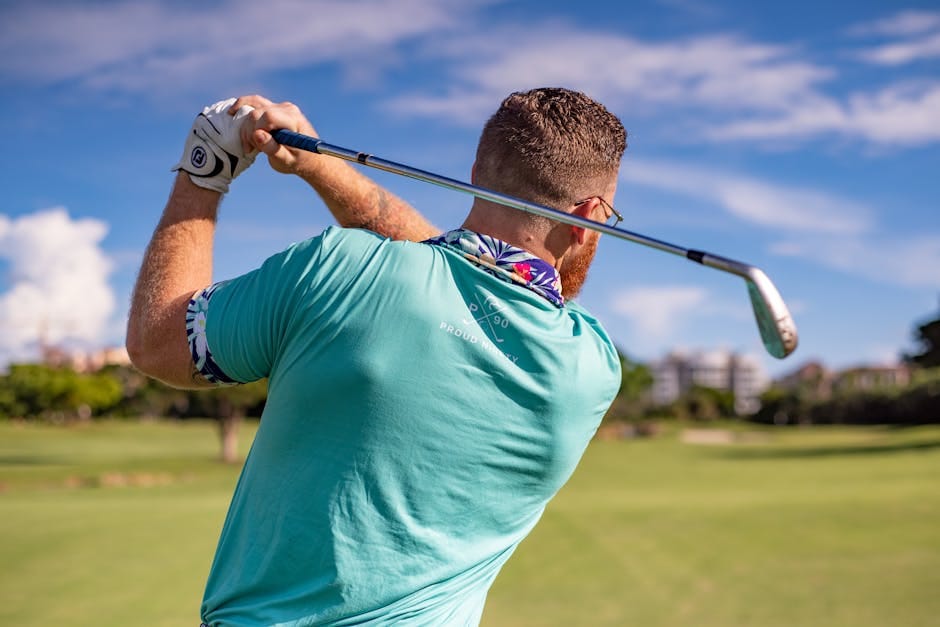It's time to tee off on the essentials of golf clubs and elevate your game to new heights. Whether you're a seasoned pro or a weekend warrior, understanding the intricacies of these precision tools is crucial for success on the course. In this comprehensive guide, we delve into the different types of golf clubs, their functions, and how to choose the right ones for your swing and playing style.
**Types of Golf Clubs**
The world of golf clubs is a vast one, with each club designed for a specific purpose. The primary categories include:
* **Woods:** The longest and most powerful clubs, primarily used for tee shots and long approach shots.
* **Irons:** Versatile clubs with numbered heads that provide varying distances and accuracy for approach shots.
* **Hybrids:** A blend of woods and irons, offering a more forgiving option for both long and short-range shots.
* **Wedges:** Specialized clubs designed for shots around the green, including chipping, pitching, and sand shots.
* **Putters:** Used exclusively for putting on the greens, they come in various shapes and styles to suit different stroke types.
**Functions of Each Club**
Each type of golf club has a unique role to play in your game:
* **Woods:** Driver (1) for maximum distance, fairway woods (3-5) for accuracy and distance, and hybrids (2-4) for versatility.
* **Irons:** Shorter irons (6-9) for longer approach shots, mid-irons (4-5) for middle-distance shots, and pitching wedge (PW) for short approach shots.
* **Wedges:** Sand wedge (SW) for shots from bunkers, lob wedge (LW) for high-arcing shots, and gap wedge (GW) for distances between PW and SW.
* **Putters:** Blade putters for experienced players, mallet putters for stability, and center-shafted putters for smoother strokes.
**Choosing the Right Clubs**
Selecting the right golf clubs depends on your skill level, swing speed, and playing conditions. Consider the following factors:
* **Skill Level:** Beginners may benefit from more forgiving clubs like hybrids and gap wedges.
* **Swing Speed:** Faster swing speeds require stiffer shafts, while slower swing speeds necessitate more flexible shafts.
* **Playing Conditions:** Different courses and weather conditions may warrant specific clubs, such as fairway woods for windy days or wedges for tricky greens.
**Fitting and Customization**
Professional club fitting can optimize your game by customizing clubs to your unique measurements and swing. Fitters measure factors like wrist-to-floor length, lie angle, and shaft flex to ensure a comfortable and efficient swing.
**Maintenance and Care**
Proper care of your golf clubs is essential for longevity and performance. Clean clubs regularly with a damp cloth, avoid extreme temperatures, and have them inspected and serviced periodically.
**Conclusion**
Mastering the art of golf club selection is paramount for improving your game and enjoying the sport to its fullest. By understanding the different types of clubs, their functions, and how to choose the right ones for your needs, you can unlock your potential on the course. Remember, practice, patience, and the right equipment will help you swing into action and conquer the greens with confidence!

